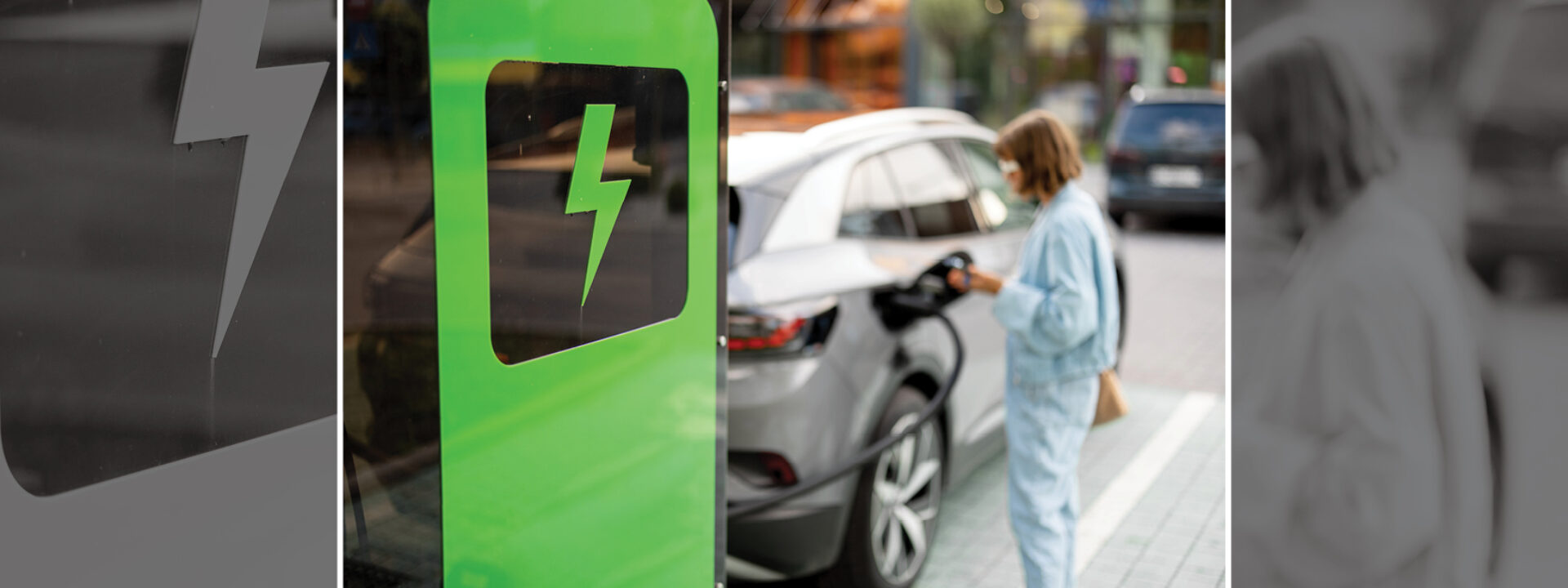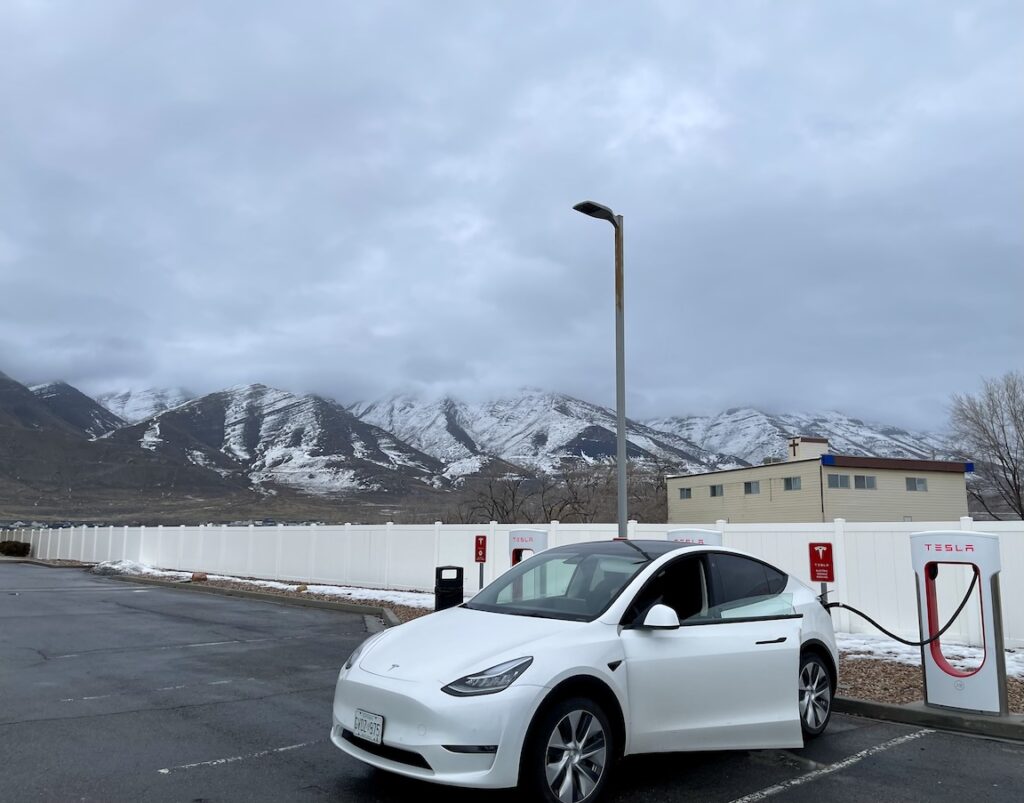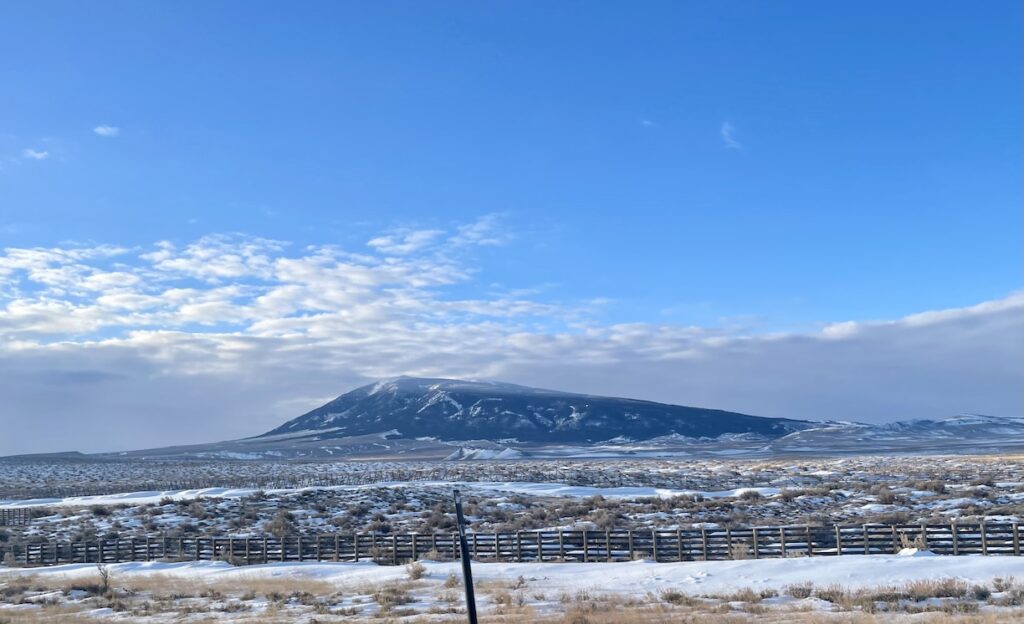Testing the EV open road

The death of Ryan McGreal’s mother in California provided the circumstances to try driving an electric vehicle on a 8,400-km round trip through challenging conditions.
My mother died last December in California where she had been living. In mid-January I learned that the cost to transport her cremated remains to Canada via airplane would be exorbitant; and that she had a storage unit I hadn’t previously known about.
I decided, perhaps rashly, to drive to California, pick up the urn, handle the storage unit, and carry everything back myself.
In the spirit of not wanting to let a crisis go to waste, I realized this trip was an excellent opportunity to test the feasibility of a cross-country road trip in an electric vehicle (EV).
EVs are not a magic bullet in addressing the climate emergency, but they play an important role in the transition to a carbon-neutral economy.
EV sales are growing but many people still find them unfamiliar and worry about trade-offs. A steady drip of click-baity articles detail all the scary ways EVs can fail us. (As we set out, the media were feasting on a story about abandoned Teslas at a dead charging station in Chicago.)
This road trip was going to be a genuine challenge: 4,200 km each way, through daunting Rocky Mountain passes and all the weather January can hurl: deep freeze, crosswinds, whiteout squalls, freezing rain, snow showers, black ice, and pea-soup fog.
We drove a 2021 Tesla Model Y Long Range, which benefits from a robust network of Superchargers, Tesla’s fast-charging system with more than 2,300 stations across North America.

The car has an EPA range of 531 km. But charging an EV to 100 per cent and then driving it to 0 per cent is not practical. Instead, road tripping in an EV calls for a slightly different approach: charge for 20-30 minutes to around 80-90 per cent, drive for two or three hours, then recharge again.
This is actually a nice rhythm. It feels good periodically to stretch your legs, get some air, use the bathroom, have a snack and explore your surroundings. It breaks a long journey into more psychologically manageable segments.
Tesla’s navigation system plots your route, including charging stops. The range estimator considers traffic, weather, elevation and charger capacity. Routing also updates dynamically as conditions change.
We embarked early on Saturday, Jan. 20 in the deep freeze of a polar vortex. We crossed the border in Sarnia – the agent joked about our car dying like those Teslas in Chicago – and traversed Michigan and Indiana into Illinois.
When we neared Chicago, the navigation system announced it was rerouting to a Supercharger farther off the highway to avoid delays. A bit on the nose, but the system worked as intended: we arrived at the new charger with our battery ready and it worked fine.
The second day, we wanted to leave early but had to charge the car. Unfortunately, the arctic chill still hung over the Midwest and I forgot to precondition the battery, so it charged much slower than usual.
Lesson learned: always schedule the car to precondition. If you forget before heading inside, you can use the Tesla app on your phone.
We experienced some range anxiety in an especially long Nebraska segment. The battery discharged faster than expected and hit 3 per cent before we reached the next charger. We decided we would start charging an extra five minutes after the car said it had enough to continue.
We learned other lessons along the way, including choosing hotels with a Supercharger nearby. We could schedule preconditioning, wake up, plug in, have breakfast, then hit the road fully charged.
We reached our destination in four days, conducted our business in California, and were on the road again less than 24 hours after arriving.
By this time, my concerns about the car’s performance had evaporated. We had a good sense of how accurate the navigation system was at estimating arrival range. In fact, on the downhill ride east, the battery generally over-performed estimated capacity between stops.
We also knew our bout of range anxiety was somewhat illusory, as there were additional Superchargers between the ones our navigation system chose.
(Sidenote to Tesla: provide drivers the option to indicate a preference for more or fewer charging stops. Additionally, the route map should visually highlight extra Superchargers along the way.)
All in all, the trip was a success, at least driving-wise. Over nine days, after converting to Canadian dollars, we spent $875 on charging. According to Tesla, the equivalent cost for a gasoline vehicle would be $1,246, netting us $371 in savings.
We never ran out of battery. We had one slow start that was preventable with a bit of planning. We figured out a rhythm of driving and charging that incorporated breaks, mealtimes and hotel stays to make the best use of downtime.
Until EVs can fully charge in a few minutes with chargers in every town, the rhythm of a road trip will be different from a gas vehicle. You need to know where to charge – though the navigation system does this for you – and you may be limited in how far off the beaten path you can meander.
The good news is that nearly every car company has now aligned on Tesla’s charging standard. New EVs will all use the same protocol and the number of universal chargers can grow more rapidly.
For now, Tesla still has the most reliable charging network. On our trip, we only encountered a single defective charging port, and we simply moved to the next port.
It was a crazy decision to drive 8,400 km in nine days through wildly varied landscapes during winter. I had no idea how physically and emotionally difficult it would be. But doing the trip in an EV was not a significant factor in the challenge.










